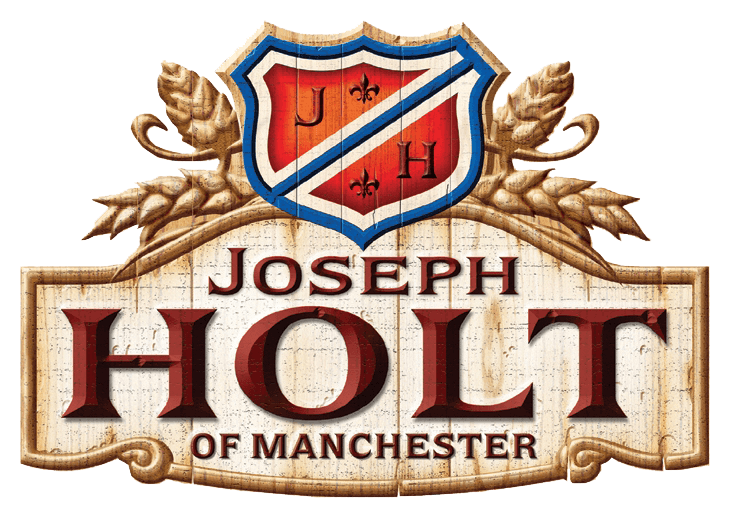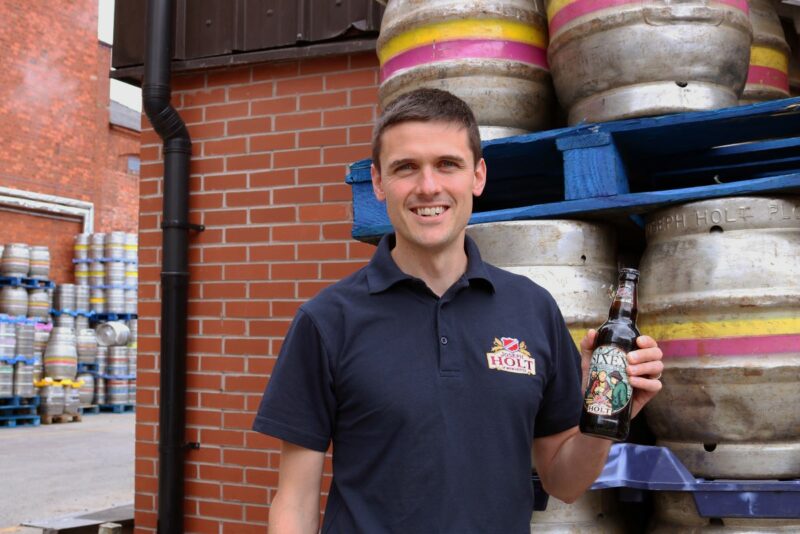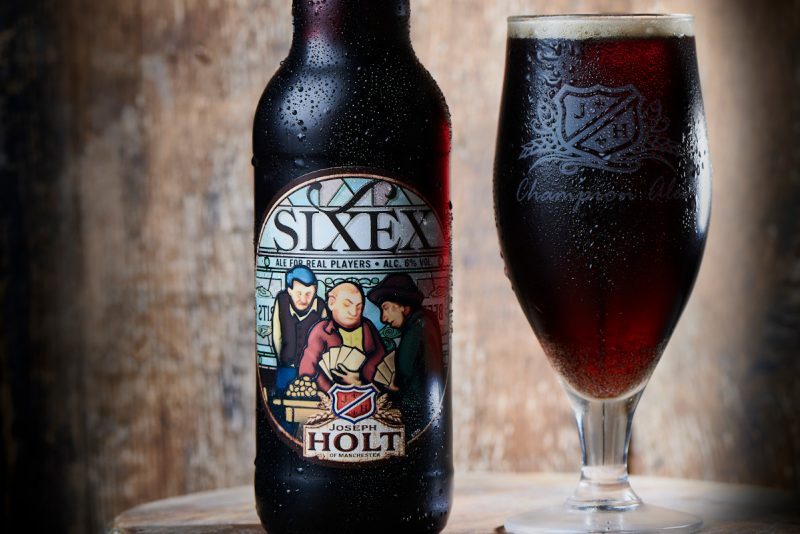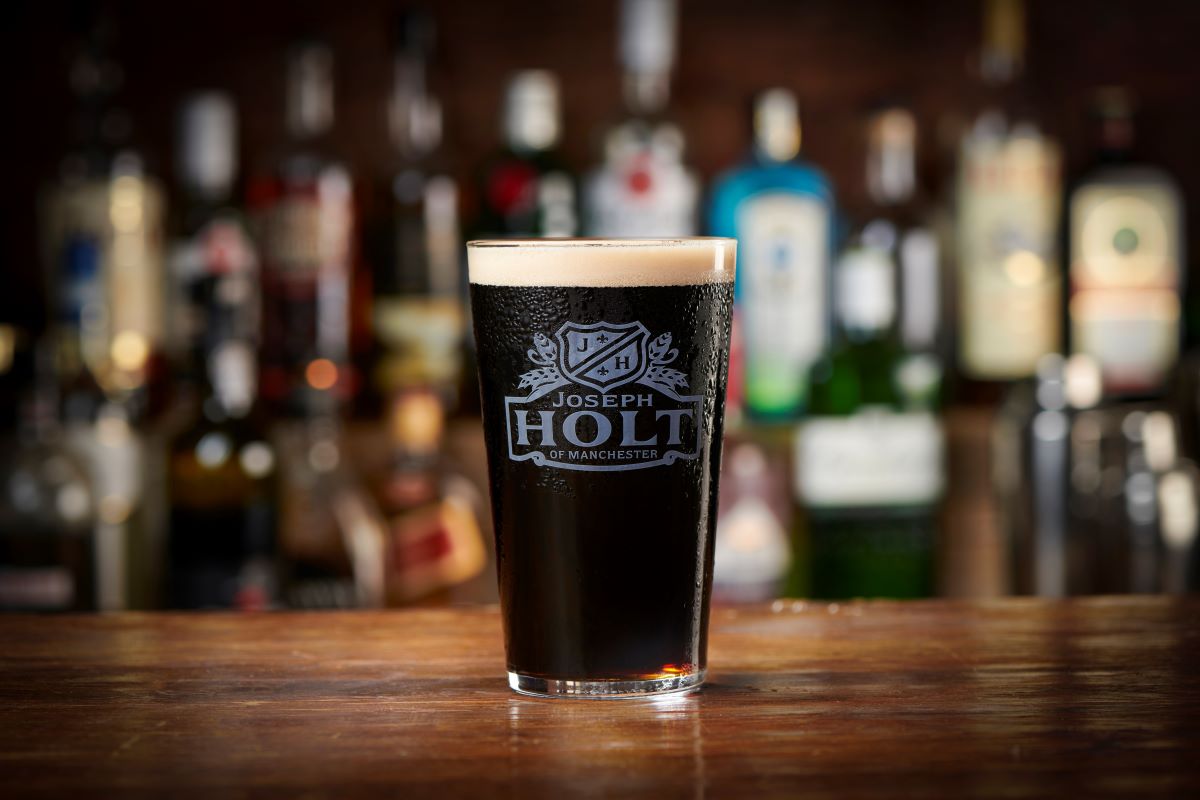
All About Stout: The History, How It’s Made & What Makes a Stout a Stout
Stout is living through a comeback period. In fact, it’s become one of the most popular beers today!
In the 1980s, it’s thought there were just 29 breweries producing stout. That number has swelled significantly in the 21st century with hundreds of breweries producing many different types of stout. In 2018, stout was labelled as the fastest growing beer variety in the UK!
With its dark appearance and strong flavour, stout is sometimes seen as less approachable to those who haven’t tried it before. This is similar in a way to coffee and red wine – once you get the taste, you’re in! The same is true with a good stout. Once tasted and savoured, many are converted to the wonderful world of stout.
Let’s take a look at just what stout is, where it’s come from, how it’s made and much more.
What is stout?
Stout is a type of ale that is generally very dark in colour and smooth in texture. It’s thought of as a rich, flavoursome and whole-hearted drink. It’s for this reason they tend to go well with classic food pairings that a full-bodied red wine go with.
There are a number of different types of stout, including:
- Dry (sometimes known as Irish)
- Milk
- Oatmeal
- Imperial
And probably a few more to add to that list too. All these variations are dark brown to jet black in colour but can carry an assortment of different flavours.
The Joseph Holt Trailblazer Stout for example is more likely classed as a dry stout with a tight, creamy head and notes of coffee and treacle. Our friends down the road at Blackjack Brewery produce a sweet high ABV milk stout.
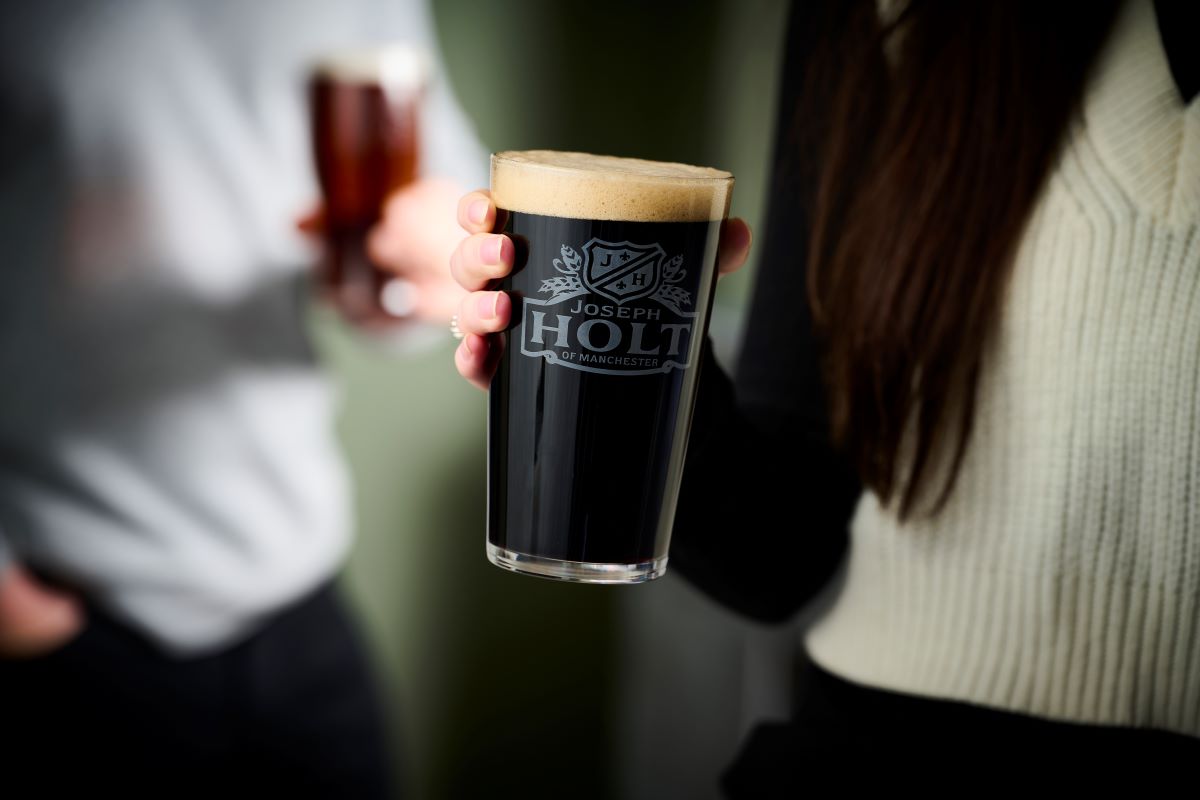
Quick history of stout
The story is that stout evolved from porters in the 1800s.
So, what’s a porter?
A porter is a dark beer produced with roasted malt and was first drunk by the working men of London as the Industrial Revolution was taking place.
In particular, it was the street and river porters down in the capital who would head to the pub for a drink or two after a hard day of manual work. Without the vehicles and technology of today, it certainly was thirsty work carrying objects and cargo around all day! You can read a little more about the history of porters here.
The drink of choice for many porters was a dark, cheaper beer to which they gave their name: Porter.
Breweries made a variety of different strength porters, the stronger of which became known as a ‘stout porter’. Around this time, a stout porter would usually be at the 7-8% ABV mark.
Eventually, instead of asking for a ‘stout porter’, the people in the pub would just ask for a ‘stout’. And the standard term was born.
What does stout mean?
Some people think that stout is a German name, but that isn’t the case.
If you go back long enough, stout first meant proud or brave. However, the term evolved and was often used to mean strong.
At first, stout could be used to describe any type of beer, including a light ale. As time passed though, the word stout became a term solely used with porters and dark beer varieties.
Eventually, stout became a style and type of beer in its own right.
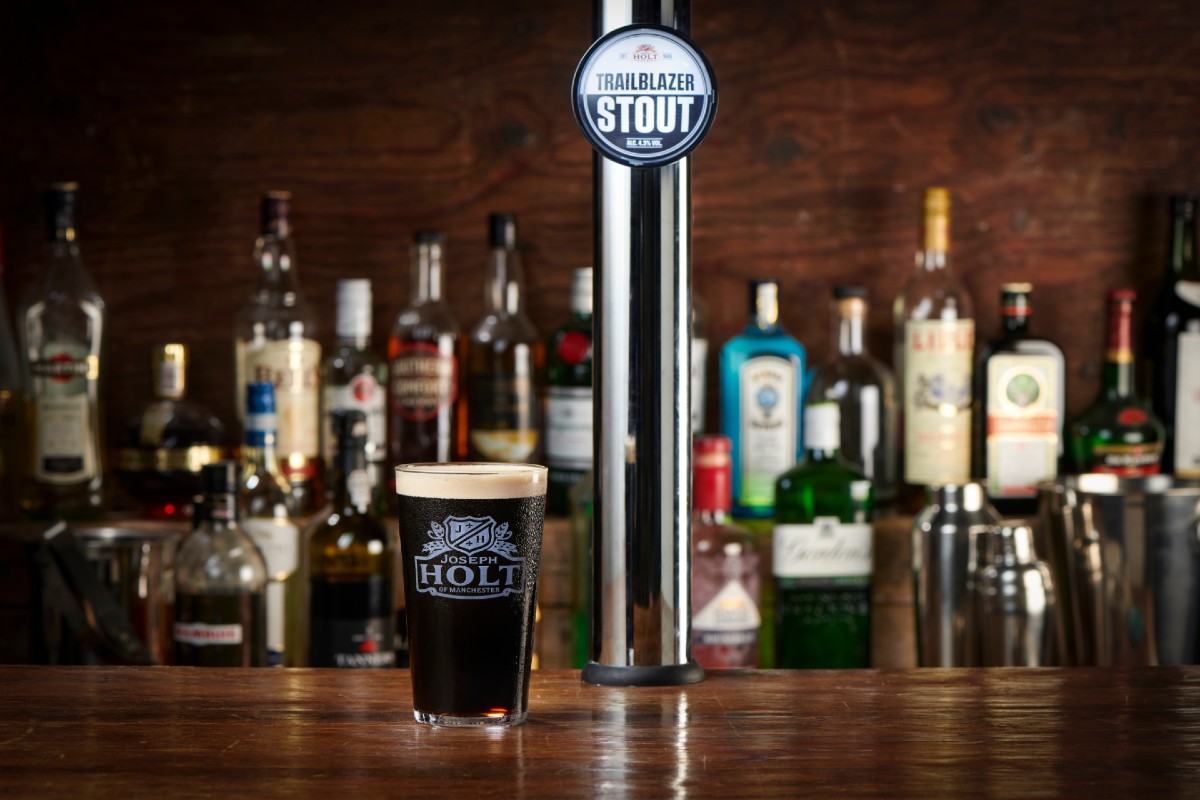
How is stout made and how long does it take to brew?
Stout is a type of ale.
It’s brewed using ale yeast, which operate a top-fermenting process. This differs to lager yeast, for example, which are bottom fermenting.
Most ales are top fermented, which means the yeast rises to the surface of the wort – the name given to the sugary solution collected after the initial mashing process. Yeast is actually present throughout the wort, but a large percentage does collect up at the top.
It’s in the wort where the yeast consumes the sugars and releases alcohol, carbon dioxide and flavour! This is all done under a highly controlled process. You can read much more about the brewing process of ales here.
Alongside water and yeast, the other ingredients used to make stout are hops and the all important roasted barley. Joseph Holt also use wheat to give our Trailblazer great head retention – the type that follows you down the glass in a display of quality!
Stout takes the same time to brew as most other ales. Typically, it takes between 2-4 days to ferment. After this the stout is left to mature, before being filtered, pasteurised and kegged.
At the bar, stout is often served using carbon dioxide and nitrogen, which gives the head its characteristic thickness and body its creamy texture.
Kegged stout is often served slightly chilled to make this epic ale as thirst quenching as possible.

What makes stout dark?
Stouts are characterised by their extremely dark body. So, what makes them so dark?
It’s the roasted barley that gives stout its black appearance.
This roasted grain adds colour, richness and flavour to the stout. Think about the coffee and chocolate tones coupled with the smoky aromas you often get. This is in part down to the roasted barley.
The higher the percentage of roasted barley used at the start of the brew, the darker the colour. However, you have to be careful as too much roasted grain can become too bitter and acidic, which is why brewing is such a skilful art. You can read more about the main ingredients in beer here.
Are stouts vegan?
Most stout varieties are vegan friendly and are brewed without the use of any animal products, including our Trailblazer Stout.
However, there are exceptions.
For example, milk stouts are not vegan friendly. This is because they use lactose, a sugar that also adds body to the beer. The lactose used is derived from dairy milk. Some breweries do produce vegan friendly milk stouts using a dairy alternative, but these are very much in the minority.
Check out our blog on vegan friendly beer for more information.
Wrap up on stout beer
There you have it. Our full guide to stout beer, its history, how it’s made and a few other useful frequently asked questions.
You should be able to get a good stout in all pubs across the UK. Being slightly bias, we believe our Trailblazer is the best stout in the UK!
It’s not just us saying this though – Trailblazer Stout won a silver medal at the International Brewing Awards 2021 in the international dark beer category.
So, get your world class stout in today from our online beer shop or at any of our 125 pubs and let us know what you think.
